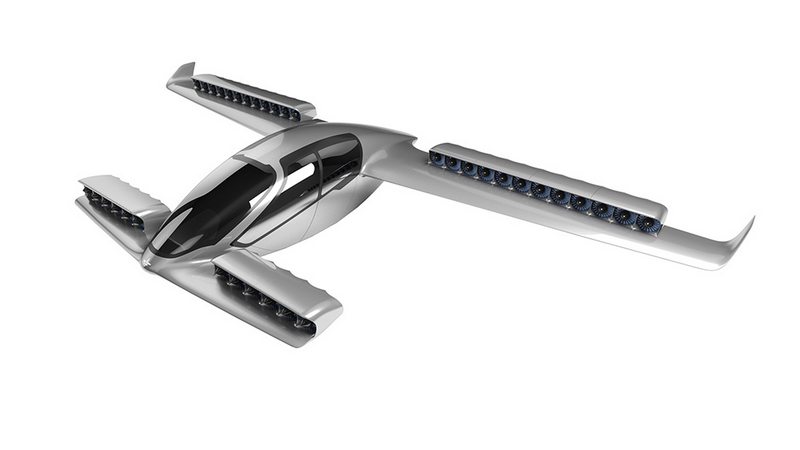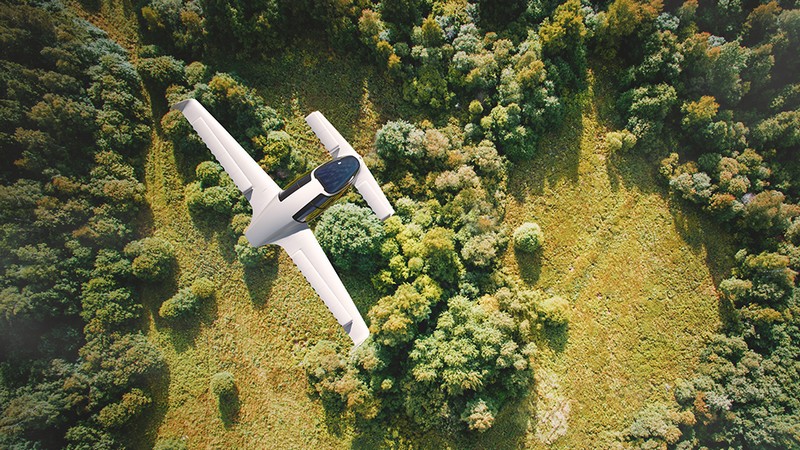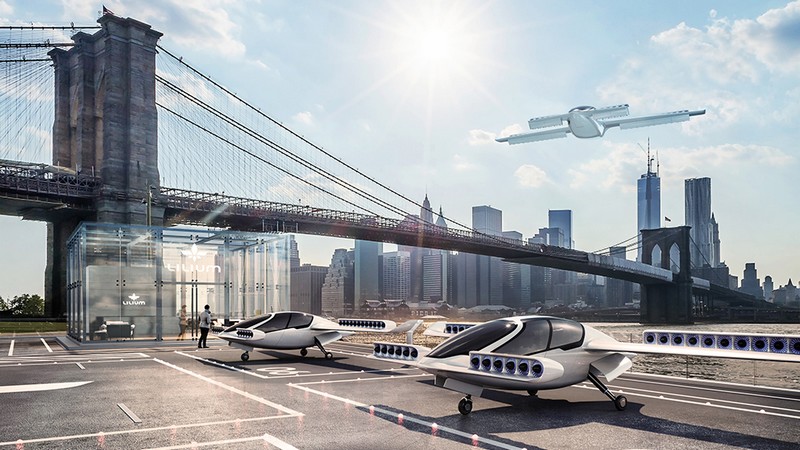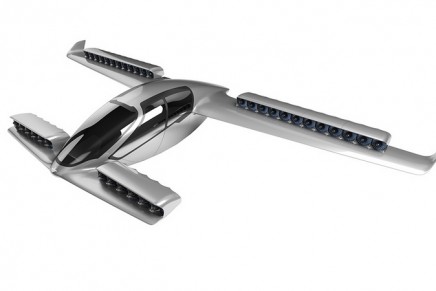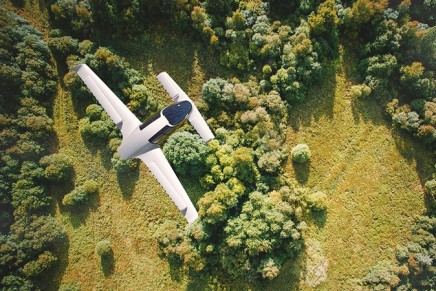Lilium Jet takes to the skies. The all-electric ‘flying car’ take its first test flight.
The Lilium Jet successfully completed its maiden test flight series in the skies above Bavaria. The 2-seater Eagle prototype executed a range of complex maneuvers, including its signature mid-air transition from hover mode to wing-borne forward flight.
Lilium Aviation have solved some of the toughest engineering challenges in aviation to get to this point.
“The successful test flight programme shows that our ground-breaking technical design works exactly as we envisioned. We can now turn our focus to designing a 5-seater production aircraft,” said Lilium Aviation.
The world’s first electric vertical take-off and landing jet commutes without emissions and noise pollution. It has a 300km range and it can fly from London to Paris in one hour. Access inner cities with less noise than a motorbike, while flying as fast as a Formula One car (300 km/h speed).
Lilium Aviation also announced plans for a 5 seater Lilium Jet aimed at on-demand air taxi services. A typical journey with the Lilium Jet will be at least 5x faster than by car, with even greater efficiencies in busy cities. So a flight from Manhattan to New York’s JFK Airport will take around 5 minutes, compared to the 55 minutes it would take you by car.
The Lilium Jet consists of a rigid winged body with 12 flaps. Each one carries three electric jet engines. Depending on the flight mode, the flaps tilt from a vertical into a horizontal position. At take-off, all flaps are tilted vertical, so that the engines can lift the aircraft. Once airborne, the flaps gradually tilt into a horizontal position, leading the aircraft to accelerate. When they have reached complete horizontal position, all lift necessary to stay aloft is provided by the wings as on a conventional airplane.


